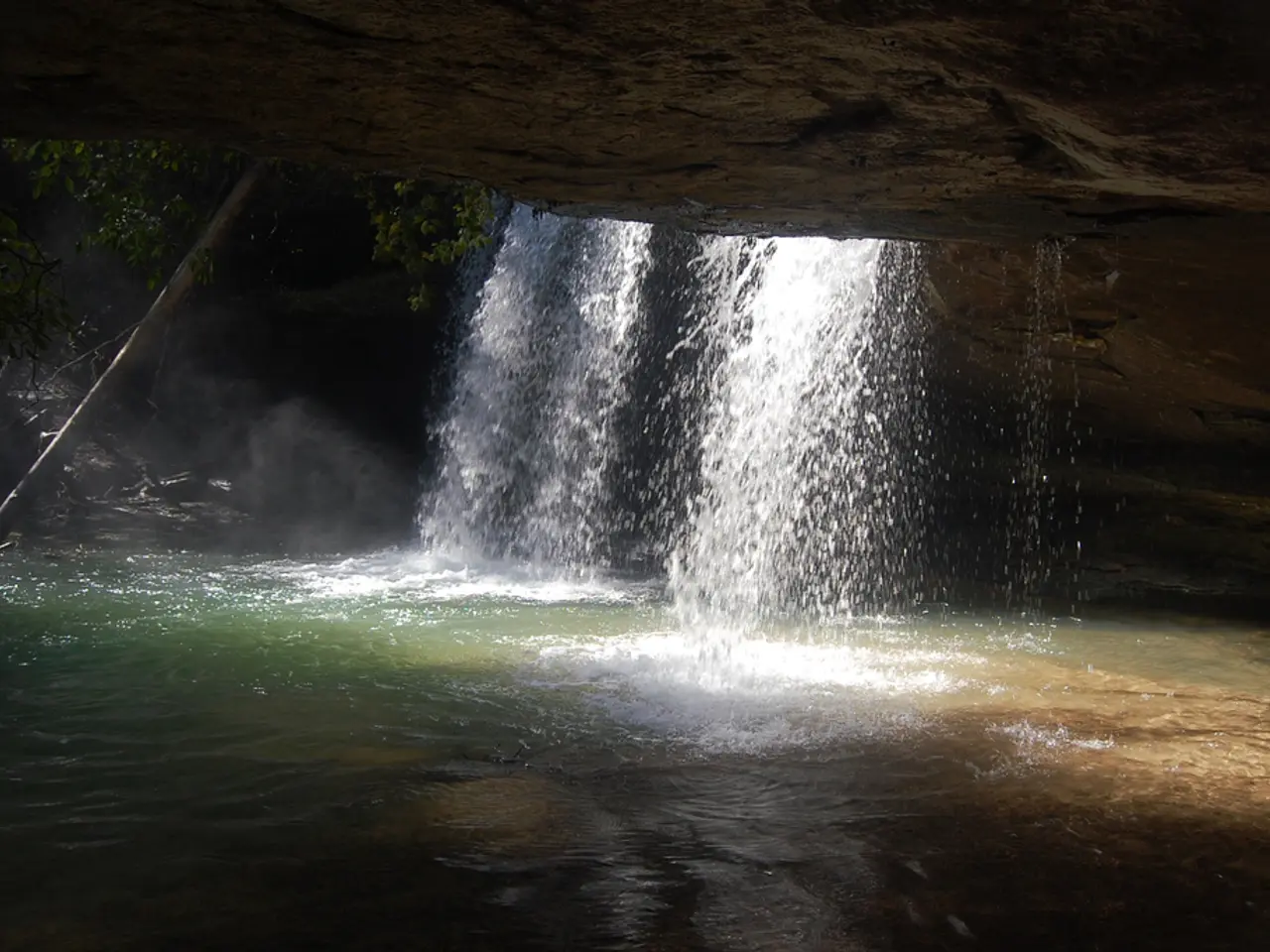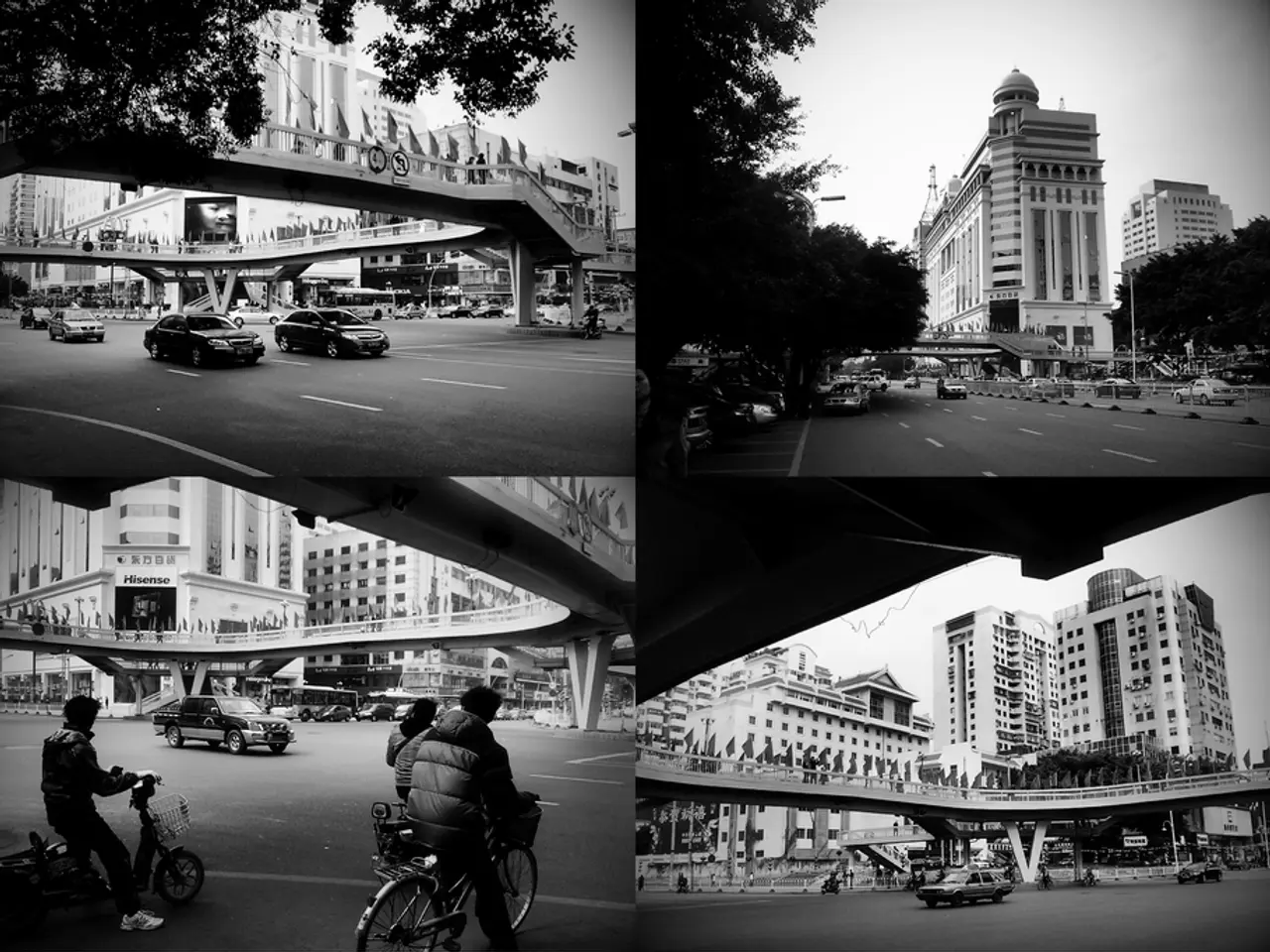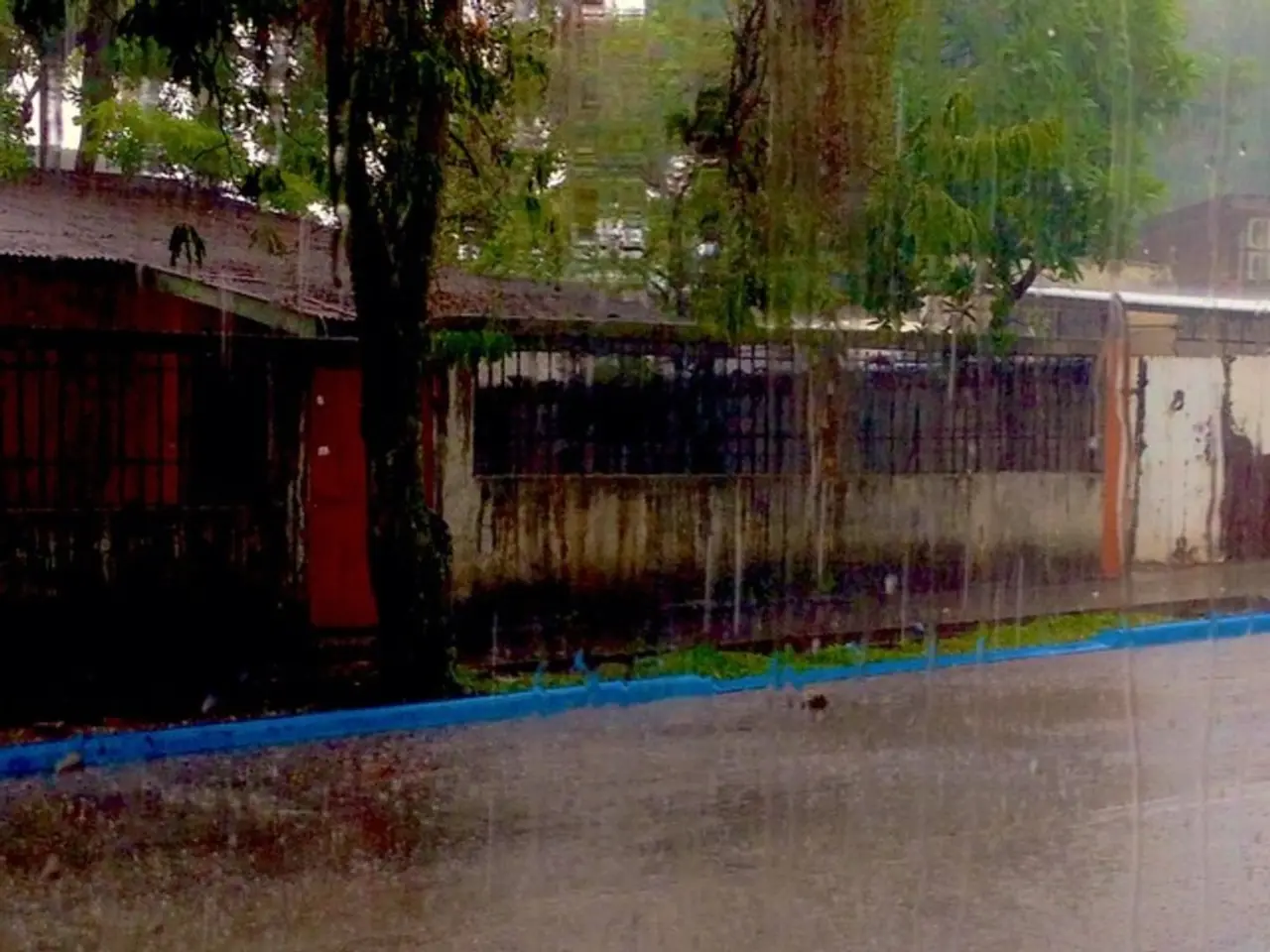Unearthed Grenade in Gernsheim - No Immediate Threat Detected
In the face of climate change, a significant safety concern has emerged in German towns as heat-related low water levels expose previously submerged unexploded ordnance (UXO) from World War II. The increase in risk has prompted authorities to take action to manage and mitigate the danger posed by these relics of the past.
Germany uncovers around 5,500 UXOs annually, with many concentrated in heavily bombarded areas like Berlin. The country's bomb disposal units, known as Kampfmittelbeseitigungsdienst (KMBD) or Kampfmittelräumdienst (KRD), are among the busiest in the world, deactivating a bomb roughly every two weeks.
As rivers, lakes, and dams experience lower water levels due to severe heat waves and drought, UXO that were once hidden beneath the water become exposed or easier to discover, increasing the risk for locals who might unknowingly encounter these dangers. Lower water also complicates disposal and containment efforts, as UXO that was stable underwater becomes accessible and hazardous.
To address this issue, authorities have implemented several measures. Regular mapping and monitoring of known UXO areas are essential, with detailed maps maintained using historical reconnaissance photos and records from WWII bombings. These maps are continually updated, especially in locations with fluctuating water levels.
Public awareness campaigns are another crucial aspect of managing UXO risks. Residents are informed about the dangers of UXO and advised not to touch or attempt to move any suspicious items, but to report them to authorities immediately.
Clearance before development is mandatory in known risk zones, with metal detectors used to ensure the area is safe before new construction or road projects. Special precautions are taken when water levels drop to assess newly exposed ordnance.
Rapid response bomb disposal units are maintained and well-equipped, ready to assess and safely deactivate UXO. Coordination between local and state authorities is crucial to respond quickly when UXO is discovered.
Environmental and water management coordination is also vital. Integrating water-level monitoring with UXO risk assessments helps preemptively manage and secure areas as water recedes. Temporary restrictions on access to exposed shorelines or riverbanks during critically low water periods may be necessary.
Advanced detection methods, such as drones, underwater sonar, and metal detectors, are employed to locate submerged or partially exposed UXO more effectively.
Elsewhere, the city of Darmstadt is making strides in improving traffic and mobility, confirmed by a test by the ADFC. The city is a leading model in the traffic turnaround, focusing on improving safety and creating a more pedestrian-friendly environment.
In contrast, the city of Langen is facing a water shortage due to the ongoing heatwave. A water emergency has been declared, with the situation currently at the first stage. Residents are urged to conserve water as much as possible.
In a separate incident, a 45-kilogram fragmentation grenade was found in Gernsheim during excavation work on a riverbank. The grenade, thankfully, had no fuse present, and was safely recovered and removed by the called-in bomb disposal unit.
This incident serves as a reminder of the ongoing presence of UXO in Germany and the importance of vigilance, technological support, and public education in preventing accidents and ensuring community safety.
- In light of lower water levels caused by severe heatwaves and drought, general-news outlets should report on the increase in exposure of unexploded ordnance (UXO) from World War II in German towns, which may pose health risks to local residents.
- As part of efforts to manage and mitigate the dangers posed by UXO, political decisions are needed to prioritize funding for advanced detection methods, such as drones, underwater sonar, and metal detectors, to more effectively locate submerged or partially exposed UXO, promoting overall health and safety in affected towns.








